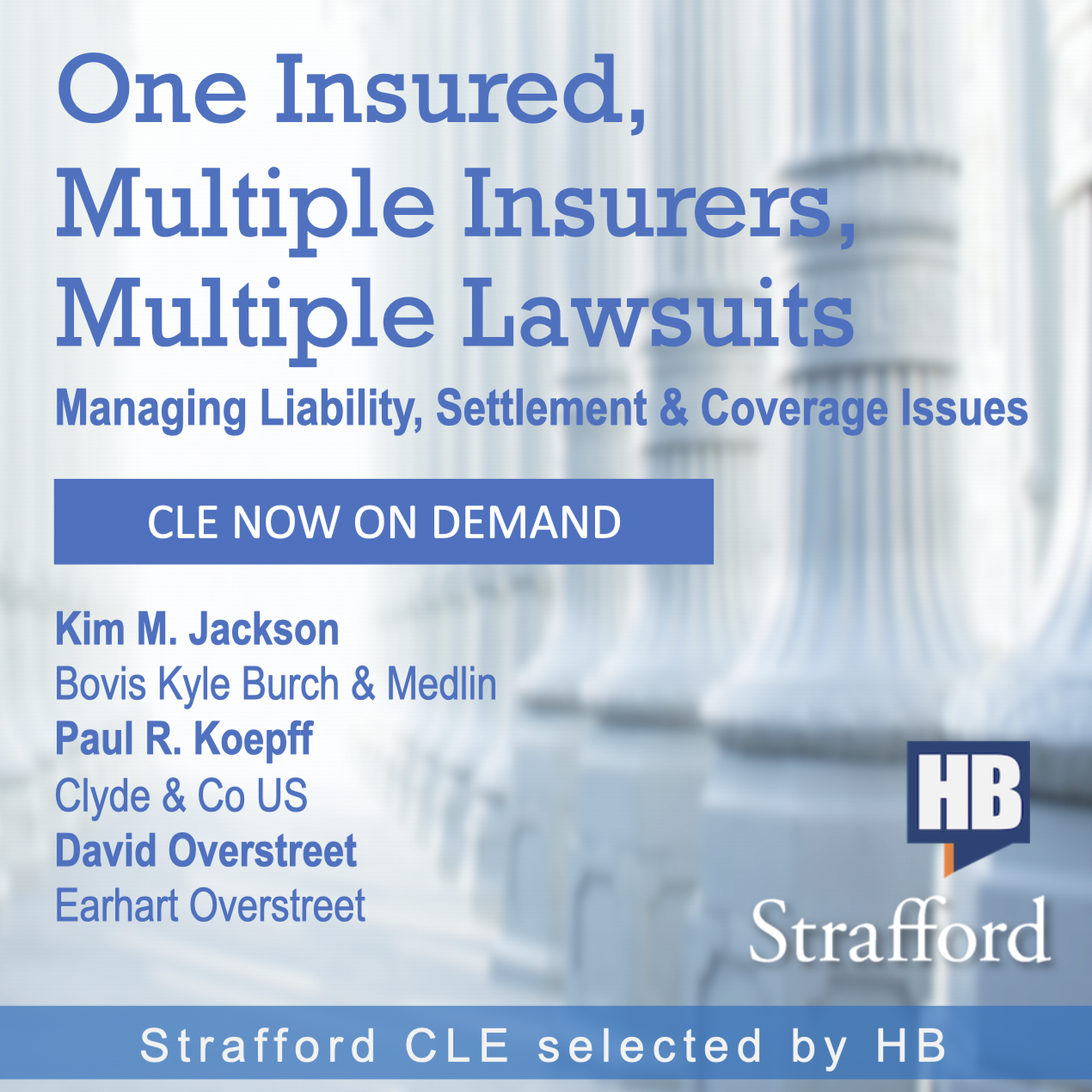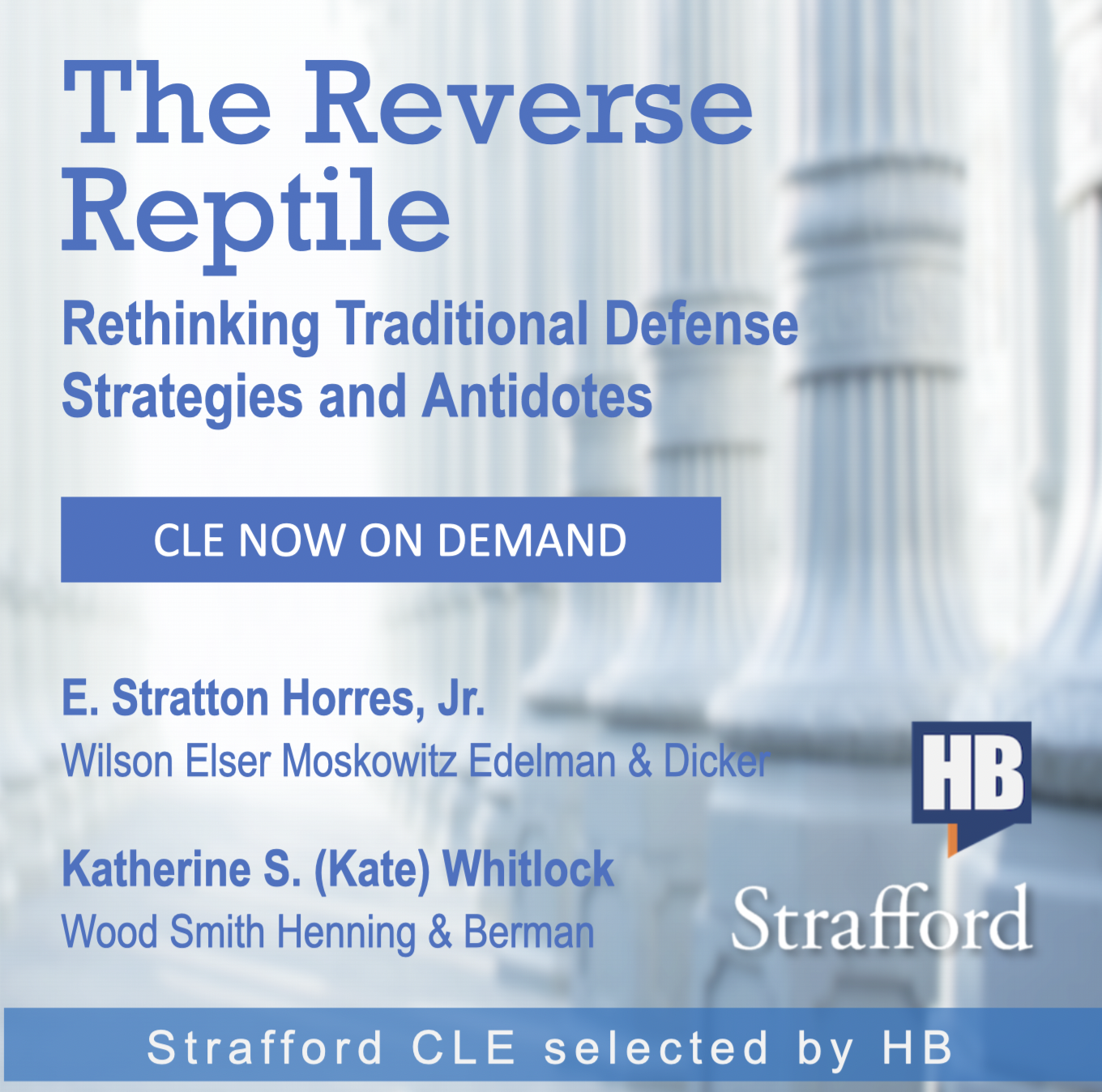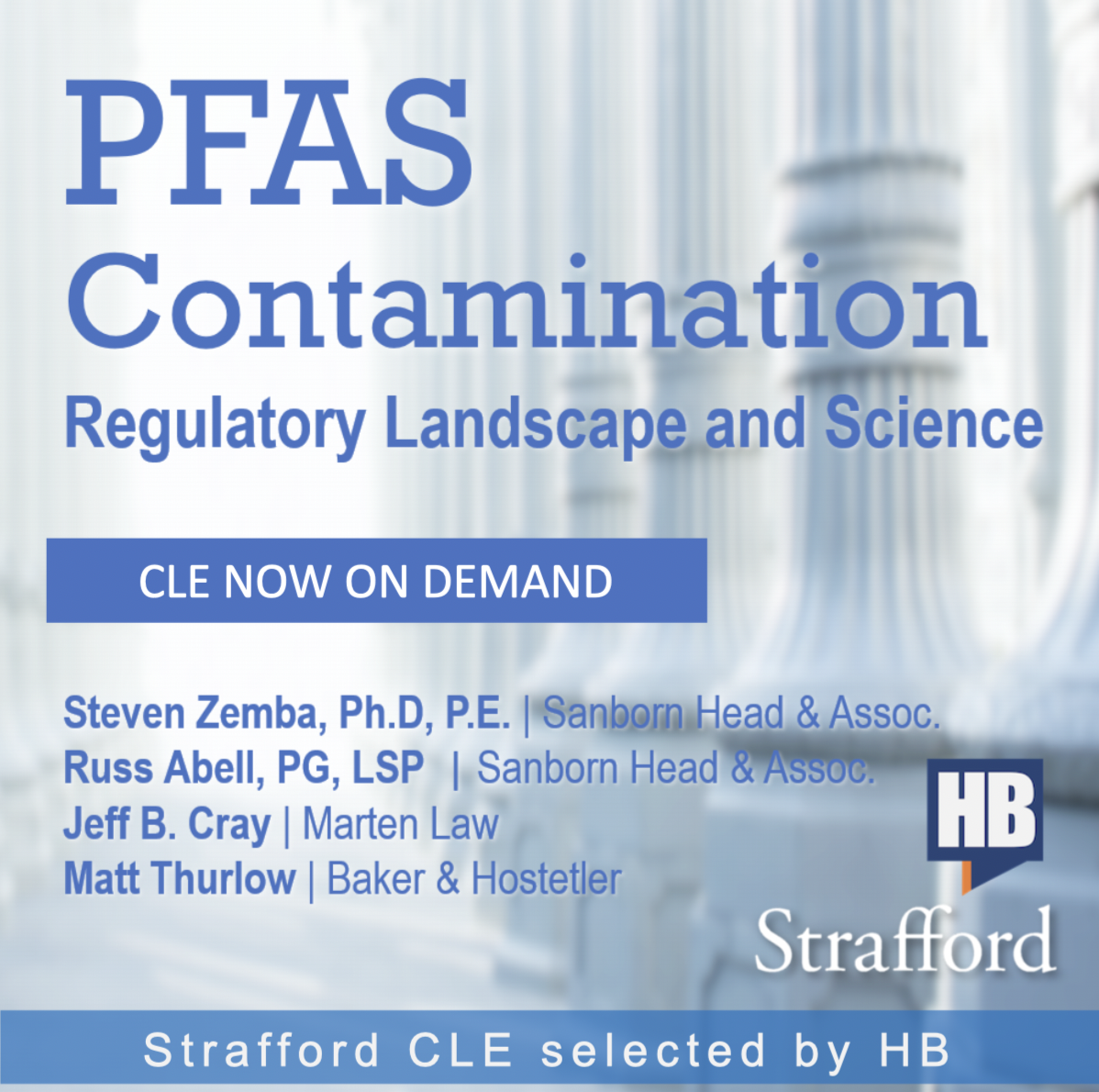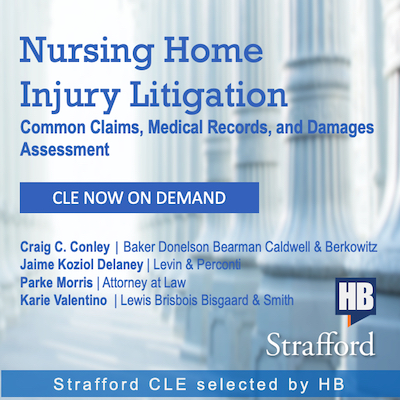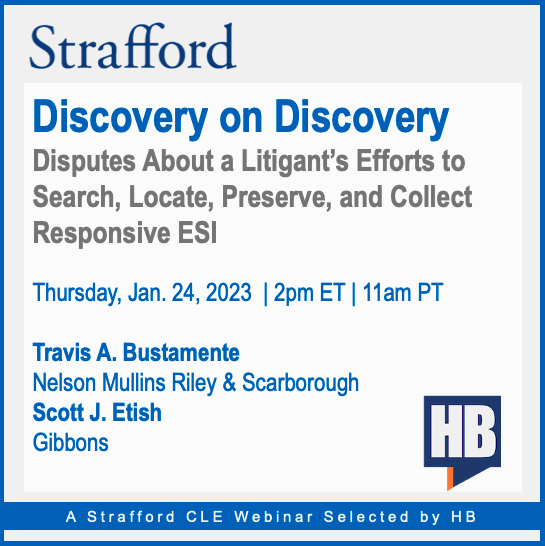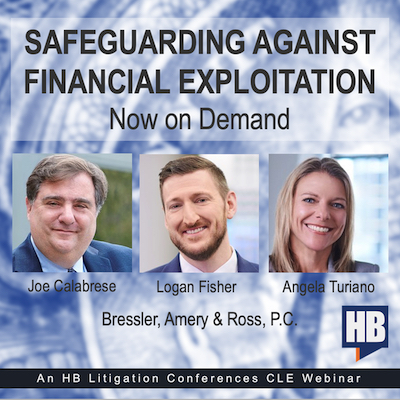One Insured, Multiple Insurers, Multiple Lawsuits: Managing Liability, Settlement, and Coverage Issues
One Insured, Multiple Insurers, Multiple Lawsuits: Managing Liability, Settlements, and Coverage Issues Seemingly intractable problems can arise when a single defendant has been sued multiple times and may have coverage for some or all matters from multiple insurers. Often there is considerable debate over the defendant's liability and insurers' duty to defend claims and in which courts. Subrogation and indemnity considerations often permeate negotiations.Efforts to resolve underlying matters, whether by settlement or otherwise, are complex and require advanced strategies to prevent misunderstanding and insurers from working at cross purposes. Insurers must often convince plaintiffs in the litigation and their fellow insurers about the reasonable value of various claims. Insurers must always be ready with strategies when an insurer refuses to fund a judgment or settlement. Listen as this esteemed panel of seasoned insurance counsel guides attendees in managing coverage, liability, and settlement issues that arise when a single policyholder is sued multiple times and has been insured by numerous insurers over time. Outline Overview Duty to defend and defense costs Duty to settle, mediation, and insurer consent Duty to indemnify: managing the unwilling insurer Subrogation issues Recorded on Wednesday, October 12th, 2022 $297* This Strafford production has been specially selected for HB audiences. Kim M. Jackson Partner Bovis Kyle Burch & Medlin Paul R. Koepff Partner [...]

